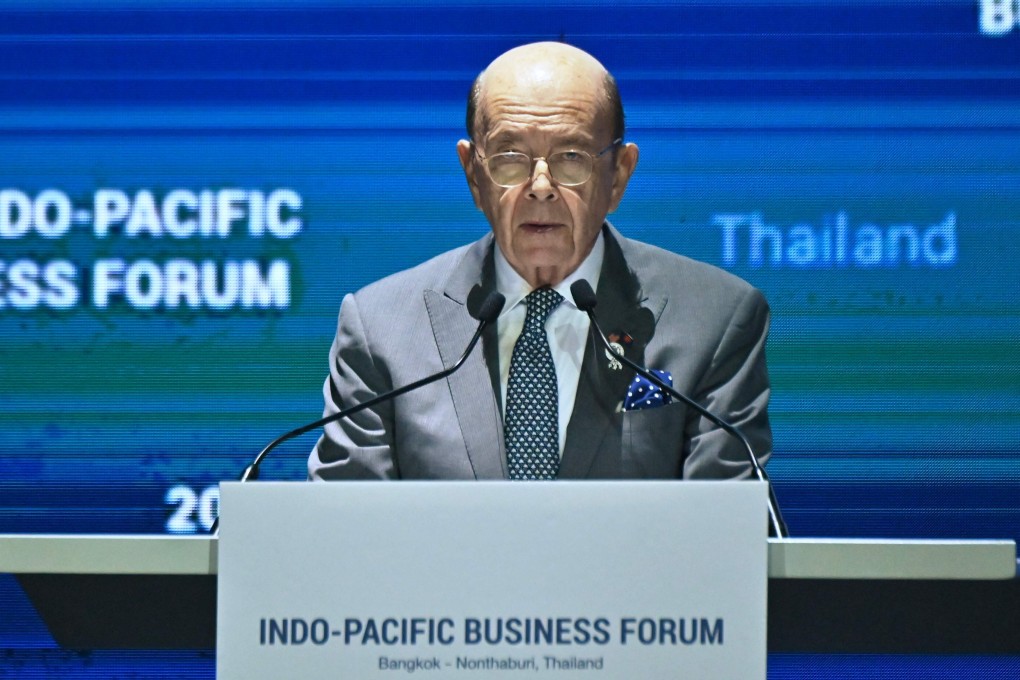US Commerce Secretary pledges ‘deep commitment’ to Asia as Trump invites leaders for summit
- Wilbur Ross said the record US$2 trillion in trade between the US and Indo-Pacific, and Washington’s investments outranking China’s were signs of how much it values the region
- Trump’s national security adviser invited Asean leaders for a summit with the US President in the first quarter of next year

Record-breaking data on the US economic relationship with the Indo-Pacific, from two-way trade to foreign direct investment, proves Washington remains firmly committed to the region, Commerce Secretary Wilbur Ross said on Monday.
Ross however told the Indo-Pacific Business Forum, on the sidelines of the 18-nation East Asia Summit in Thailand’s Nonthaburi province, he had deliberately “thrown a lot of large numbers” during his 20-minute speech to “prove our deep and continuing commitment to the region”.
“As you gather again in future years, our numbers will only get bigger,” Ross said.
He said two-way trade between the US and the Indo-Pacific grew by 6 per cent to a record US$2 trillion last year – more than the overall value of all but eight countries’ economies.
Ross added that the US$2 trillion figure “far surpassed” US bilateral trade with Europe (US$1.5 trillion) and its trade with Central and South America (US$1.2 trillion).
“So you can see how important the relationship with this region is compared with our relationship with other major regions in the world,” Ross said.
The cumulative stock of bilateral foreign direct investment between the Indo-Pacific and the US meanwhile increased by 5.9 per cent to US$1.6 trillion dollars, he said. Total US investment in the region was US$866 billion last year.